When it comes to wildlife, many of us are fascinated by the incredible creatures that roam our forests, swim in our oceans, and soar in our skies. But appreciating wildlife from a distance is different from knowing how to stay safe when you encounter it up close. Whether you’re hiking in the mountains, camping in the woods, or simply spending time in your backyard, understanding wildlife safety can make a big difference. Here are 14 things every American should learn about staying safe around wildlife.
1. Keep A Safe Distance
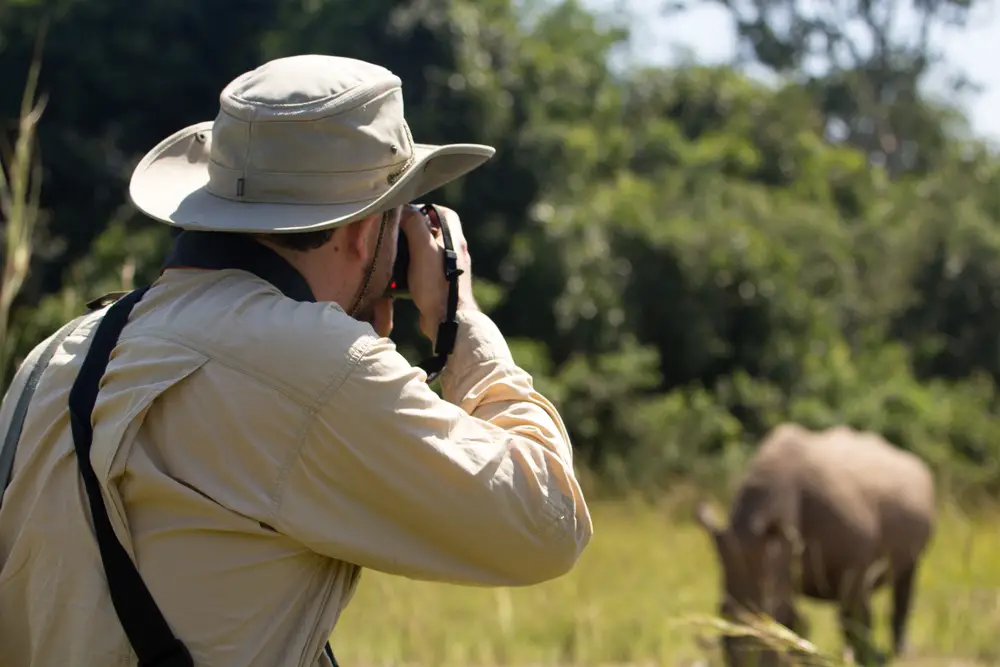
Staying a safe distance from wildlife is not just about respecting animals; it’s also about ensuring your safety. A good rule of thumb is to keep at least 100 yards away from large animals like bears and wolves, and at least 25 yards away from smaller animals like foxes and deer. According to the National Park Service, getting too close can provoke unpredictable behavior and potentially dangerous situations. It’s important to remember that these animals are wild and can be startled by your presence, leading to aggressive actions. By keeping your distance, you allow animals to go about their lives without feeling threatened, while also protecting yourself from harm.
When you’re out in nature, it can be tempting to get as close as possible for that perfect photo. However, encroaching on an animal’s space can stress them out, impacting their health and behavior. Even if an animal seems calm, remember that their reaction can change in an instant if they feel cornered or threatened. Using binoculars or a zoom lens is a great way to observe wildlife up close without disturbing them. Always be aware of your surroundings and continually scan the area to ensure you’re not inadvertently encroaching on an animal’s space.
2. Learn To Identify Local Wildlife
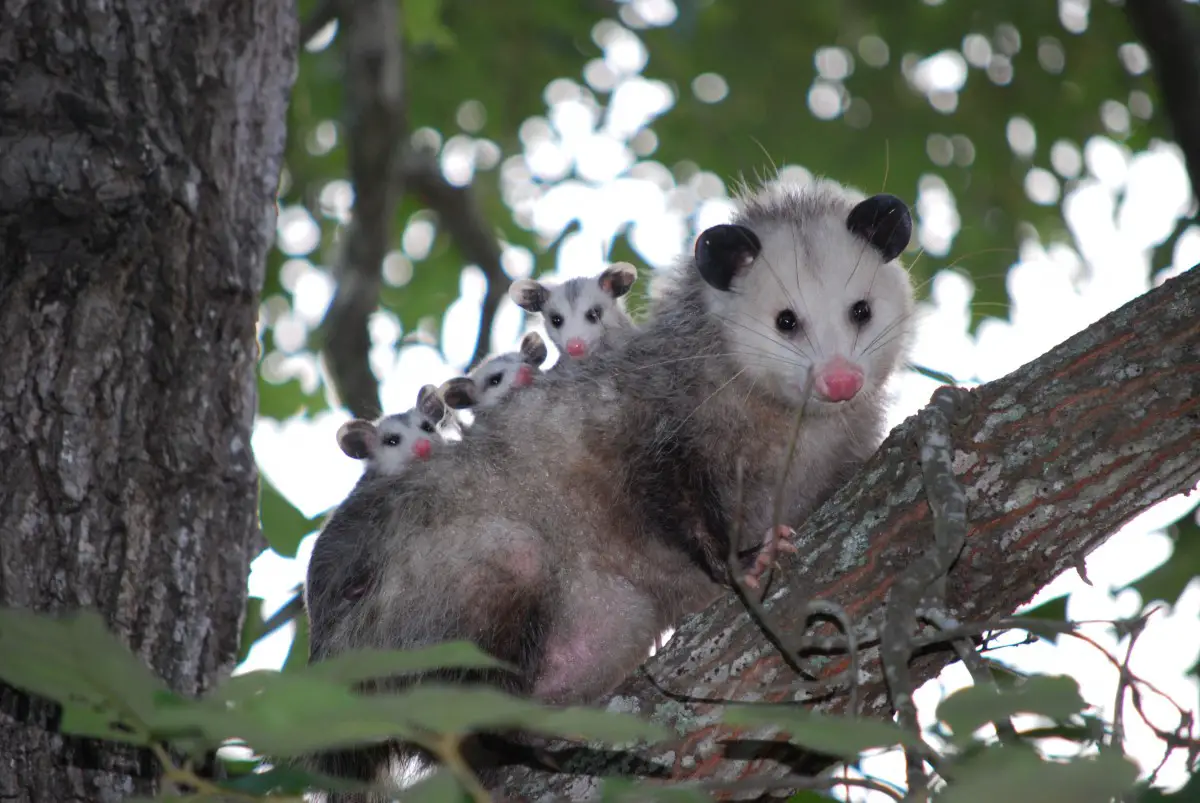
Understanding the wildlife native to your area can significantly improve your safety. Different animals require different precautions, and knowing which species are common where you live or plan to visit helps you prepare accordingly. This means you should familiarize yourself with local wildlife before heading out for a hike or a camping trip. Field guides and smartphone apps can be helpful resources for identifying animals and learning about their habits and habitats. The more you know about the animals you might encounter, the better prepared you’ll be to react appropriately.
Recognizing animal tracks, scat, or sounds can also be beneficial, as these clues can alert you to the presence of wildlife nearby. If you’re venturing into new areas, consider checking with local wildlife agencies for recent sightings or alerts. Awareness of local animal behavior can also inform you about peak activity times, such as dawn or dusk, for certain species. By increasing your knowledge of local wildlife, you’ll not only enhance your outdoor experience but also ensure a safer adventure. Keep in mind that your understanding of local wildlife should be an ongoing process, as ecosystems can change over time.
3. Store Food Properly
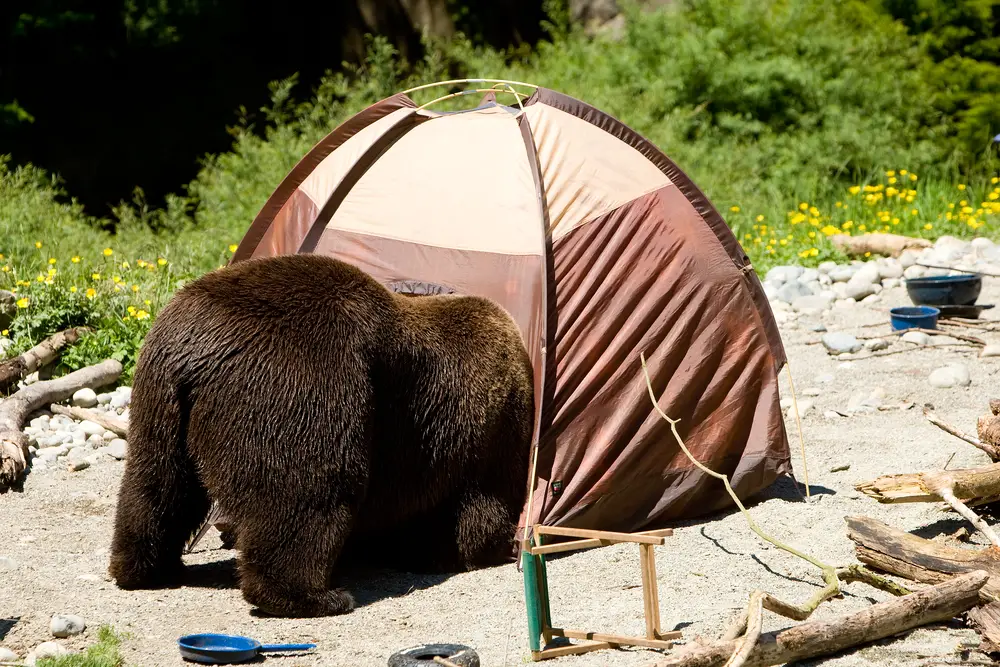
Improper food storage is one of the most common reasons wildlife might be drawn to human campsites. When animals find easy access to food, they can become habituated to human presence, which can be dangerous for both humans and the wildlife involved. According to the Leave No Trace Center for Outdoor Ethics, securing food in bear-resistant containers or hanging it at least 10 feet off the ground and 4 feet away from tree trunks can significantly reduce the risk of attracting animals. These precautions are vital not just for bears, but for all types of wildlife, including raccoons, squirrels, and birds. Keeping food and scented items like toothpaste and deodorant sealed and stored properly is crucial to maintaining a safe distance between yourself and wildlife.
Even when you think the area is clear of animals, it’s important to adhere to proper food storage practices. Animals have a keen sense of smell and can detect food from a great distance. Leftover food, trash, and even crumbs can attract wildlife, so always dispose of waste properly and pack out all garbage. Being diligent about food storage is a simple way to protect wildlife from becoming dependent on humans for food. Moreover, it helps prevent wildlife from associating campsites with a free meal, which can lead to more frequent and dangerous encounters with humans.
4. Understand Animal Body Language

Animals communicate through body language, and being able to interpret these signals can help you avoid dangerous situations. For instance, a bear standing on its hind legs might be trying to get a better view rather than preparing to charge. Similarly, a deer stomping its front hooves is signaling that it feels threatened and ready to defend itself. Learning what certain postures, sounds, or movements mean can provide you with valuable information about how an animal is feeling and how you should react. Being able to read these signals allows you to adjust your behavior, such as backing away slowly and calmly, to de-escalate a potential confrontation.
Paying attention to your environment and the animals within it can help you become more attuned to their communication methods. Observing wildlife behavior from a distance can also help you recognize patterns or warning signs in their body language. It’s important to stay calm and composed if you sense an animal is becoming agitated or aggressive. Running or making sudden movements can trigger predatory instincts or provoke a defensive reaction. Instead, give the animal space, avoid eye contact, and speak in a soft, slow voice to show you’re not a threat.
5. Respect Animal Populations

Every wildlife population plays an integral role in its ecosystem, and respecting these animals is crucial for maintaining ecological balance. Overhunting, habitat destruction, and human interference can all negatively impact wildlife populations and disrupt their natural roles. Research from the Wildlife Conservation Society emphasizes the importance of respecting regulations such as hunting seasons and protected areas to ensure sustainable animal populations. These rules are in place to prevent overexploitation and to allow populations to recover and thrive. By respecting wildlife and their habitats, you contribute to the protection of species and the preservation of biodiversity.
Additionally, disturbing wildlife can have a ripple effect, influencing not just the targeted species but entire ecosystems. For example, removing a predator can lead to an overpopulation of prey species, which can then impact vegetation and other animal communities. It’s essential to appreciate the delicate balance within ecosystems and understand how human actions can disrupt these networks. Whenever you’re in a natural area, avoid picking plants, taking animal souvenirs, or feeding animals, as these actions can have unintended consequences. A respectful approach to wildlife means enjoying their presence without interfering with their natural behaviors or habitats.
6. Know What To Do In An Encounter
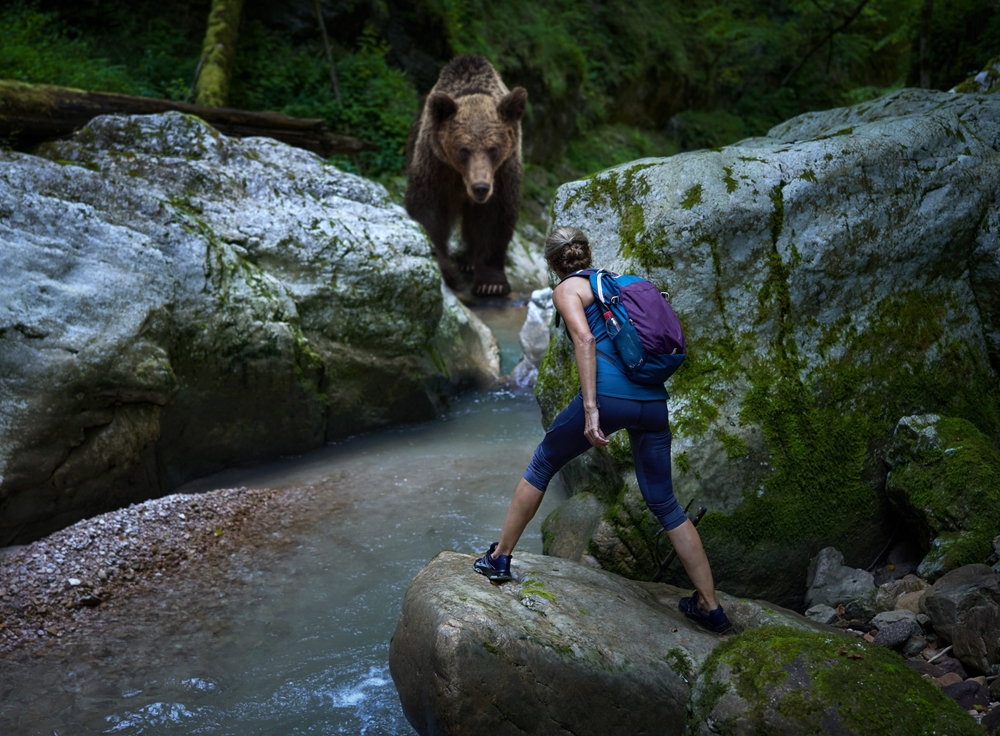
Encountering wildlife can be thrilling, but it’s important to know how to respond appropriately to ensure your safety and the animal’s well-being. Different animals require different responses—what works for a bear might not be suitable for a snake or a moose. For instance, if you encounter a bear, experts recommend standing your ground, speaking calmly, and slowly waving your arms to let the bear know you’re human. In contrast, if a snake crosses your path, it’s best to remain still and allow it to move away on its own. Familiarize yourself with the recommended responses for different wildlife encounters to be prepared.
Practicing what to do in case of an animal encounter can help you stay calm under pressure. Knowing when to make noise, when to be silent, and when to retreat can make all the difference. It’s also important to know when to seek professional help, such as contacting park rangers or wildlife authorities, if an animal seems sick or aggressive. Remember, the goal is to minimize conflict and avoid stressing the animal. Keeping your distance, staying calm, and respecting the animal’s space are key components of a safe wildlife encounter.
7. Be Cautious With Pets
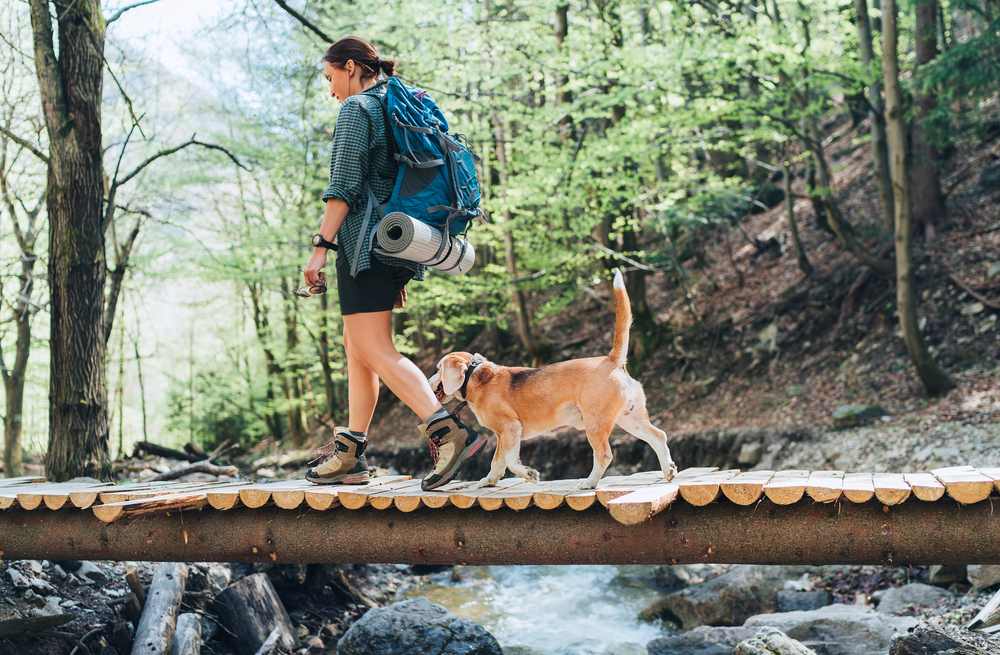
Bringing pets along for outdoor adventures can be fun, but it requires extra attention to wildlife safety. Dogs and other pets can unintentionally provoke wildlife with their presence, scents, or barking, leading to dangerous situations. A study published in the Journal of Wildlife Management highlights that even well-behaved pets can trigger defensive behaviors in wildlife, increasing the risk of confrontations. Keeping pets on a leash and under control is essential to prevent them from chasing or being chased by wild animals. It’s also important to be aware of the wildlife in the area and adjust your plans accordingly if certain animals are present.
Additionally, pets can be at risk themselves from wildlife encounters. Predators like coyotes, owls, or even snakes may see small pets as prey. Keeping your pet close and supervised reduces these risks and helps ensure their safety. Also, make sure your pets are up-to-date on vaccinations and parasite prevention, as wildlife can carry diseases that spread to domestic animals. When venturing into areas known for certain wildlife, consider whether it’s best to leave pets at home or take extra precautions to protect them.
8. Avoid Feeding Wildlife
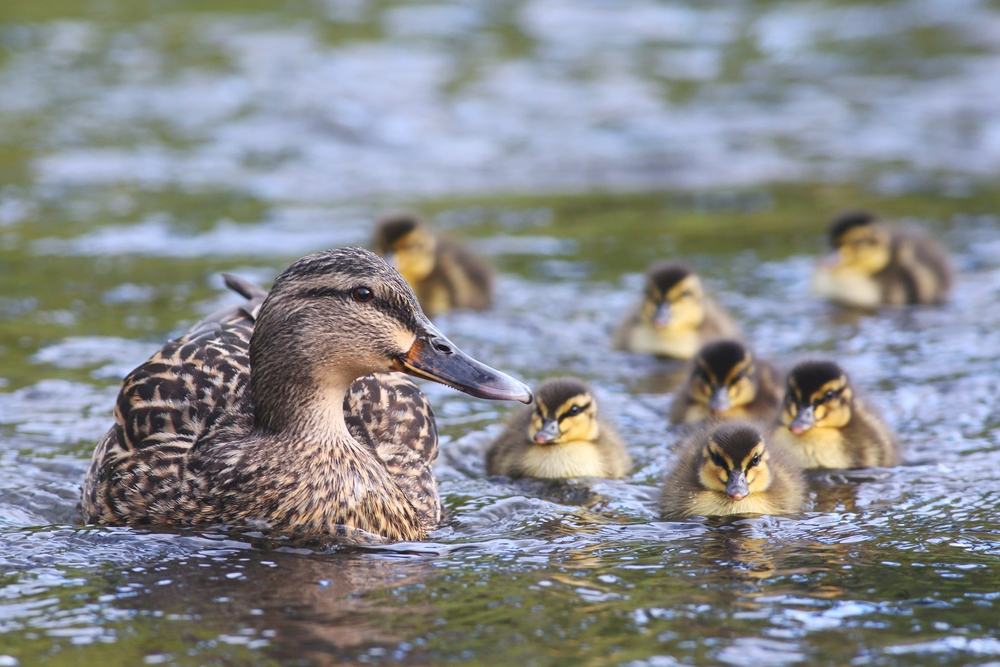
Feeding wildlife might seem harmless or even kind, but it often causes more harm than good. Animals that become accustomed to human-provided food can lose their natural foraging instincts, making them dependent and potentially aggressive if food is withheld. This behavior can also lead to increased human-animal conflicts, as animals may approach people expecting food, sometimes resulting in injury or the need for the animal to be relocated or euthanized. To keep wildlife wild, it’s important to let them find their own food and resist the urge to feed them, no matter how cute or hungry they appear.
Another issue with feeding wildlife is the risk of providing them with the wrong types of food. Human foods can be unhealthy or even toxic to animals, leading to long-term health problems or death. Additionally, feeding wildlife can disrupt local ecosystems, as animals may concentrate around food sources and outcompete other species. This can lead to changes in population dynamics and negatively impact biodiversity. By not feeding wildlife, you’re helping them maintain their natural behaviors and promoting a healthy balance in the ecosystem.
9. Use Wildlife-Friendly Products

The products you use can have an impact on wildlife, even if it’s not immediately apparent. Chemicals from fertilizers, pesticides, and cleaning products can run off into natural habitats, harming plants, animals, and the ecosystems they rely on. Opting for eco-friendly and biodegradable products can help reduce this impact, ensuring that your actions contribute to a healthier environment. Additionally, choosing products made from sustainable materials helps prevent habitat destruction caused by deforestation and overexploitation of natural resources. Being mindful of the products you use is a simple way to protect wildlife and their habitats.
Beyond chemicals, plastic waste is a significant threat to wildlife worldwide. Animals can mistake plastic for food, leading to ingestion and often fatal consequences. Reducing plastic use, recycling properly, and participating in clean-up efforts can help mitigate this issue. It’s also helpful to support companies and products that emphasize sustainability and environmental responsibility. By making conscious choices in your daily life, you can help preserve natural habitats and the wildlife that depends on them.
10. Educate Yourself And Others

Education is a powerful tool in promoting wildlife safety and conservation. By learning more about the wildlife in your area and around the world, you can become a more informed advocate for their protection. Sharing this knowledge with friends, family, and community members can help raise awareness and foster a culture of respect for the natural world. Attend workshops, read books, or participate in volunteer opportunities with conservation organizations to expand your understanding. The more you know, the better equipped you’ll be to make informed decisions that benefit both people and wildlife.
In addition to self-education, consider engaging with local wildlife programs and events. Many organizations offer educational resources and activities designed to increase public awareness and appreciation of wildlife. By participating in these opportunities, you can help spread the word about the importance of wildlife conservation and safety. Encouraging others to learn and respect wildlife will create a ripple effect, promoting a more harmonious relationship between humans and the natural world. Together, we can work towards a future where wildlife thrives alongside human communities.
11. Support Conservation Efforts

Supporting conservation efforts is crucial for protecting wildlife and their habitats. Many organizations work tirelessly to conserve natural spaces, protect endangered species, and raise awareness about environmental challenges. By donating your time, money, or expertise, you can help these groups achieve their goals and make a meaningful impact. Whether it’s participating in a local clean-up event, adopting an animal through a conservation program, or simply spreading the word about an organization’s mission, your support can contribute to the protection of wildlife for future generations.
In addition to direct involvement, supporting policies and regulations aimed at conservation is equally important. Voting for initiatives that promote environmental protection, contacting your representatives, and advocating for sustainable practices can help shape policies that benefit wildlife. Conservation efforts often require collaboration between governments, organizations, and individuals, so your voice matters. By staying informed about current issues and lending your support, you can help create positive change and ensure a healthier planet for all living things.
12. Stay Informed About Local Regulations
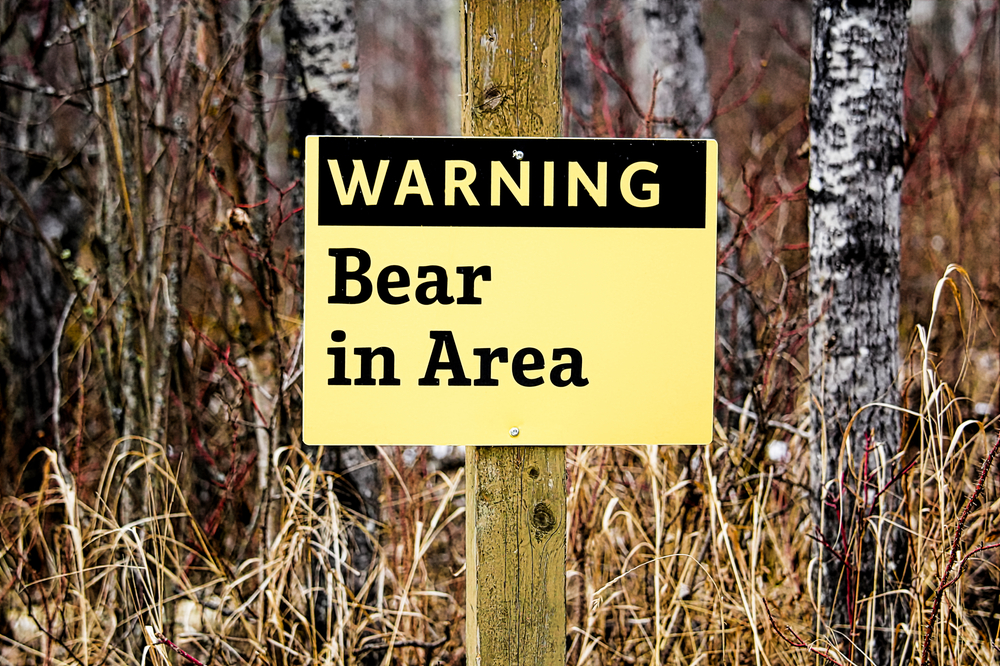
Being aware of local regulations regarding wildlife is crucial for both your safety and the well-being of the animals. Different regions have specific laws and guidelines designed to protect wildlife and their habitats, and it’s important to familiarize yourself with these rules before venturing into natural areas. Regulations may include restrictions on feeding animals, approaching certain species, or accessing sensitive habitats. Knowing and following these guidelines helps ensure your activities do not inadvertently harm wildlife or disrupt their environments.
Adhering to local regulations also sets a positive example for others and helps maintain a respectful relationship between humans and wildlife. Ignorance of the law is not a valid excuse, and violators may face fines or other penalties. Before heading out, check with local wildlife agencies, parks, or recreation areas for the latest information and guidelines. Staying informed and compliant not only protects wildlife but also enhances your outdoor experience by promoting responsible and sustainable enjoyment of nature. Remember, these regulations exist to safeguard both people and wildlife, so respecting them is essential.
13. Report Injured Or Threatening Wildlife
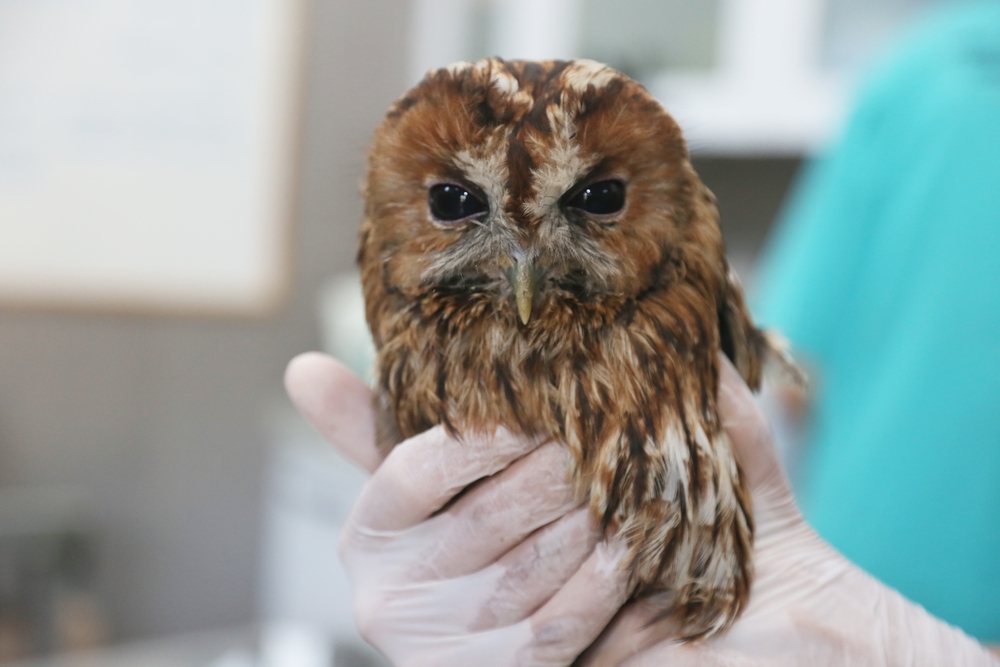
If you encounter injured or aggressive wildlife, it’s important to report it to the proper authorities rather than attempting to handle the situation yourself. Wildlife professionals have the training and expertise to assess and respond to such situations in a way that minimizes harm to both humans and animals. Contact local wildlife agencies, park rangers, or animal control if you notice an animal in distress or behaving unusually. Providing detailed information about the animal’s location and condition can help authorities respond quickly and effectively.
Injured animals may act unpredictably out of pain or fear, so approaching them can be dangerous. Additionally, aggressive behavior in wildlife can indicate illness or territorial disputes, requiring professional intervention. By reporting such incidents, you contribute to the safety of the community and the well-being of the animal involved. It’s crucial to remember that your safety and the animal’s welfare are priorities, so allowing trained professionals to handle the situation is the best course of action. Prompt reporting ensures that wildlife receives the necessary care and reduces potential risks to people in the area.
14. Practice Leave No Trace Principles
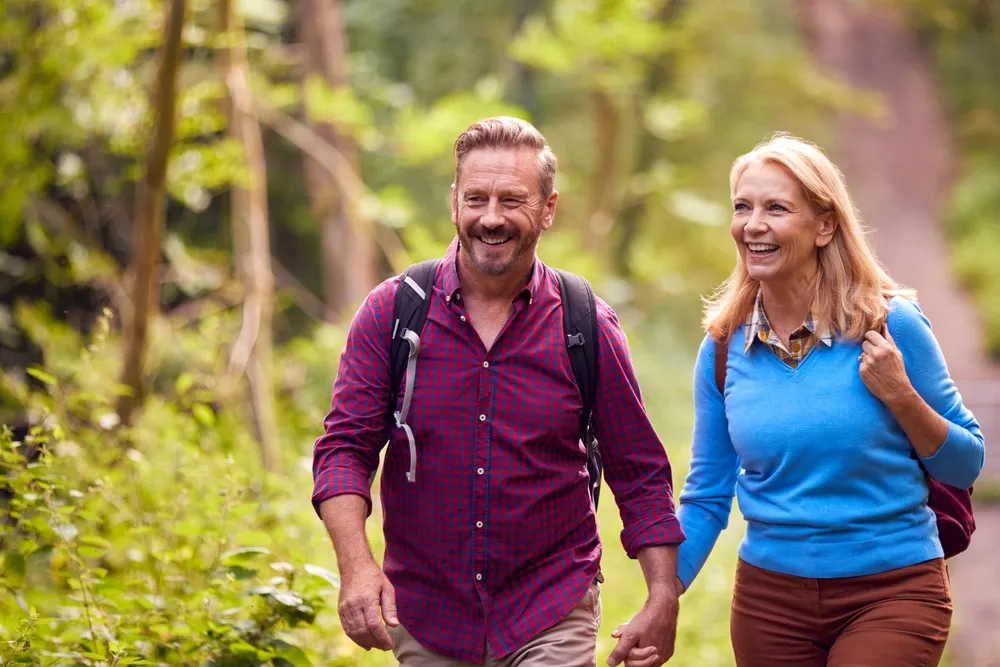
Embracing Leave No Trace principles is essential for minimizing your impact on natural environments and protecting wildlife. These principles encourage responsible outdoor ethics, such as disposing of waste properly, respecting wildlife, and being considerate of other visitors. By following these guidelines, you help preserve the beauty and health of natural areas for future generations. Leave No Trace emphasizes the importance of planning ahead, leaving what you find, and minimizing campfire impacts, all of which contribute to a sustainable outdoor experience.
Incorporating Leave No Trace practices into your outdoor adventures requires mindfulness and effort, but the benefits are well worth it. By being aware of your actions and their potential effects on the environment, you can make choices that support conservation and wildlife protection. This commitment not only enhances your own experiences but also helps ensure that others can enjoy the same natural beauty. Practicing Leave No Trace fosters a sense of stewardship and responsibility, empowering individuals to contribute positively to the world around them. Let’s all strive to leave the outdoors better than we found it, ensuring a thriving natural world for everyone.
